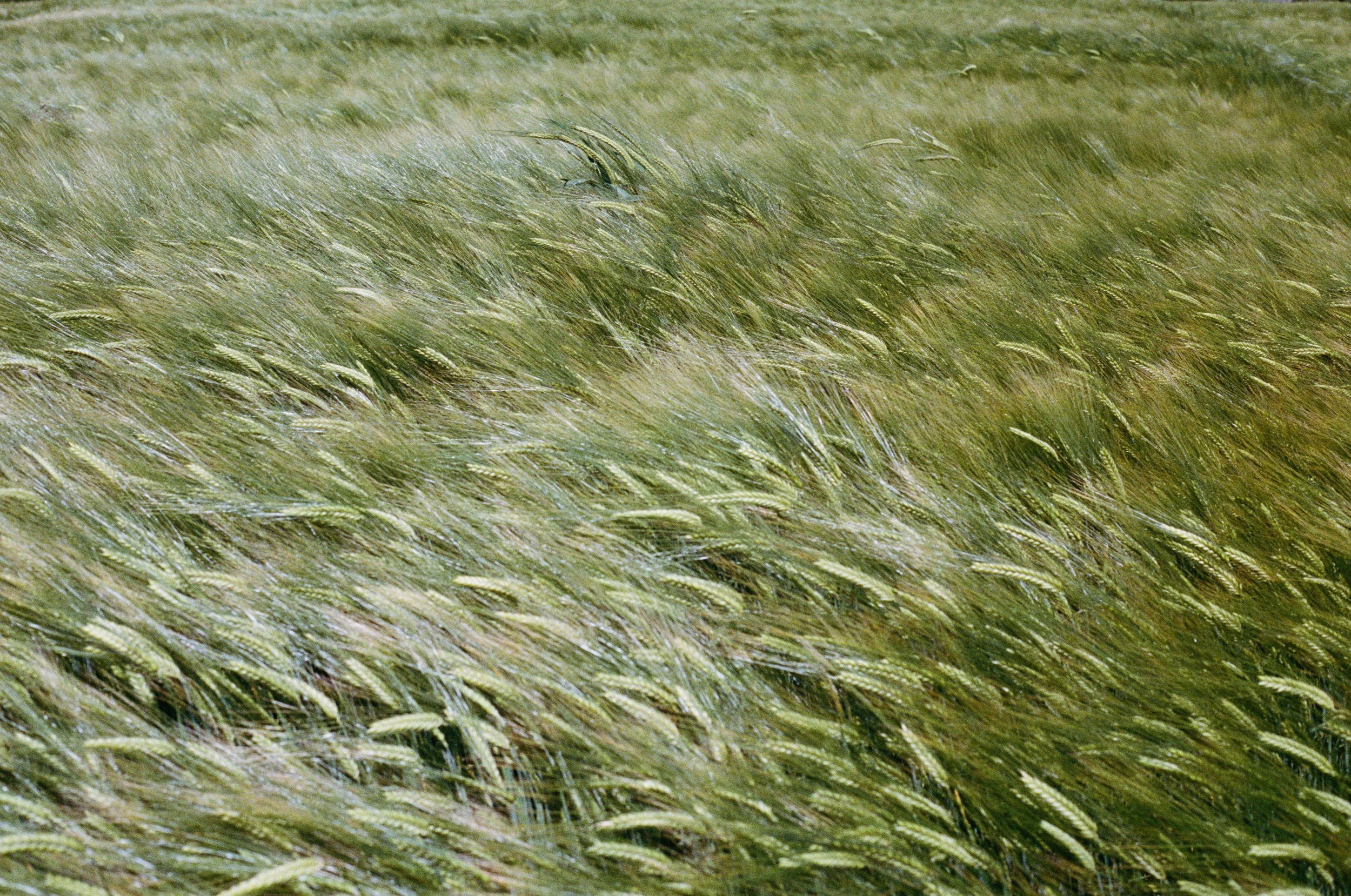HEALTH, WELLBEING.
Movement.
Movement is our first language, the way we communicate with the world. Movement in its primitive state is joyful and liberating, however in contemporary times movement has come to be associated as a means of pursuing a particular body asthetic. The topic of exercise and movement may bring into focus the collective angst we feel about our bodies where body scrutiny and ideals are still pervasive. Yet if we can destigmatise the collective assoications that we have come to make between exercise and our bodies, we can come to see movement in a different vein. Movement practices can be intuitively adopted with purposeful intent to help us cultivate a state of need or desire. It can help calm to or invigorate us.
Movement provides an avenue through which we can access the qualities of synchrony and rhythmicity. Movement can be distinguished from exercise, where exercise is “the performance of a task or precise activity that will produce a desired effect” writes Tim Ferris in his book The Four Hour Body. Regular movement, more so than specific exercise is prioritised as the key contributor to wellbeing.
The effects of movement on our wellbeing are vast. It is supportive to all systems of our body and mind. It enhances our capacity to fight off illness and heal, contributes to mental acuity and physical vitality, negates stress and improves mood. It helps to regulate sleep and energy levels.
Movement can help us to develop self awareness, through which we gain insights into our body. It may not be about how we move, but the way we move. Movement states Ido Portal- “is what brings everything together”. Movement unifies.
By H Coutts.
References and Further Reading.
Ferris T, 2011 The four hour body Vermilion, London.
Huberman A. Jun 20, 2022, Ido Portal: The Science & Practice of Movement. Huberman Lab, https://www.hubermanlab.com/episode/ido-portal-the-science-and-practice-of-movement
Image. Lottie Hampson.
